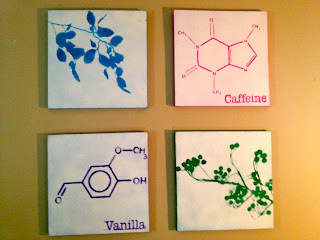This past weekend I went on vacation to Myrtle Beach in South Carolina in the Atlantic Breeze Oceania resort. We started collecting shells in the morning on the shore when I came up with this art project. I love elephants, I have a mild obsession with how adorable they are so when I started picking up these gray oyster shells, thinking of what I could possibly do with all of these shells we were picking up, I decided an elephant mosaic would be the perfect way to use these shells and remember this vacation.
Heres how you do it!
Materials:
- Sea shells
- A hammer
- A Canvas Panel (meaning the canvas is not raised and stretched over wood but lying flat)
- A pencil
- Mosaic Grout (I used Mosaic Mercantile Mosaic Grout white sanded, don't get the premixed kind, get the powdered one that you have to mix)
- A painter's brush (the kind you use to paint walls)
- Glue (I just used Elmer's glue)
- Collect shells.
- Because I did an elephant I got a lot of oyster shells for the gray and then shells that weren't too rounded.
- The beautiful thing about making mosaics is that you can pick up all of the broken pieces nobody else wants.
- Develop your design on the canvas.
- I drew the elephant outline with a pencil on the canvas panel.
- Break the shells.
- I took a hammer to the sea shells and broke them into pieces.
- Fill the outline with shells.
- Glue the shells to the canvas
- I took the lid off the glue and used a little crappy paint brush to paint the backs of the shells with glue.
- Fill the rest of the canvas with shells and glue them down,
- Mix the grout.
- I took a measuring cup of water to add a little at a time.
- I mixed it enough with a plastic spoon to where there is a thick consistency like concrete.
- Paint over the canvas with the grout.
- Once the glue has dried paint over the shells with the grout using the painter's brush.
- I just scooped a bit of grout on the brush at a time and covered as much of the shells and cracks as possible, don't worry about covering the shells.
- Let stand for 20 minutes, allowing the shells to set.
- Go over the shells with a wet sponge to get the grout off of them.
- After I got the initial grout off I went over it again with a Q-tip to get the sand and grout off of the shells.
- Seal it with gloss.





.JPG)
